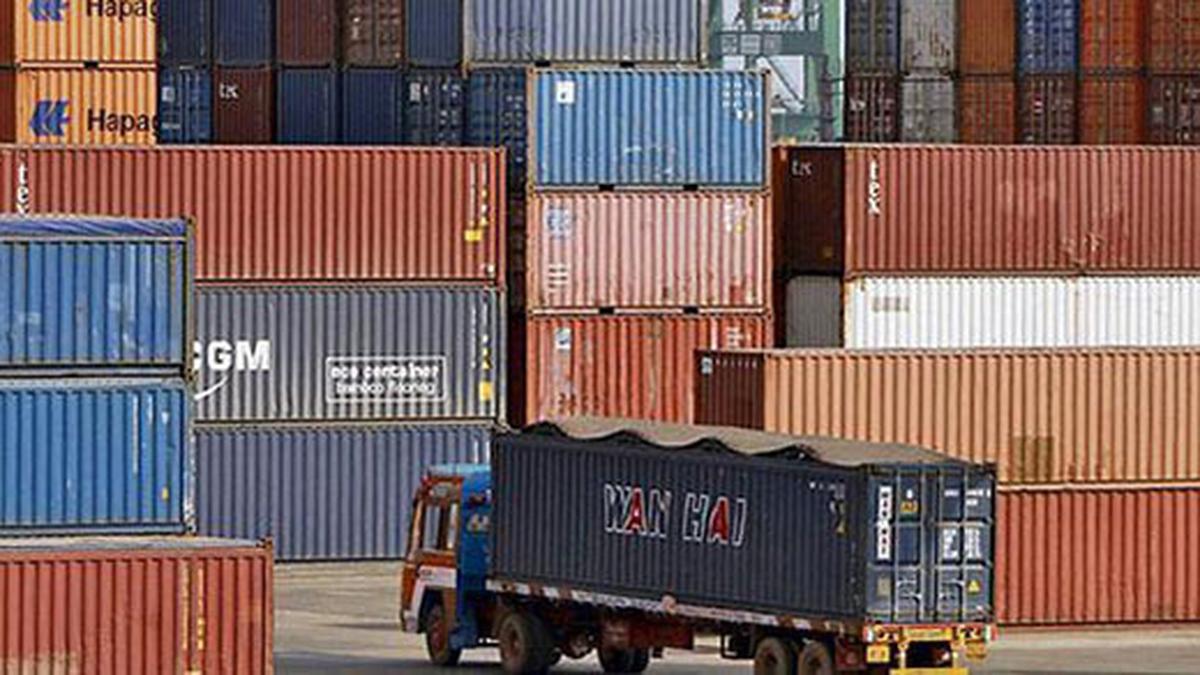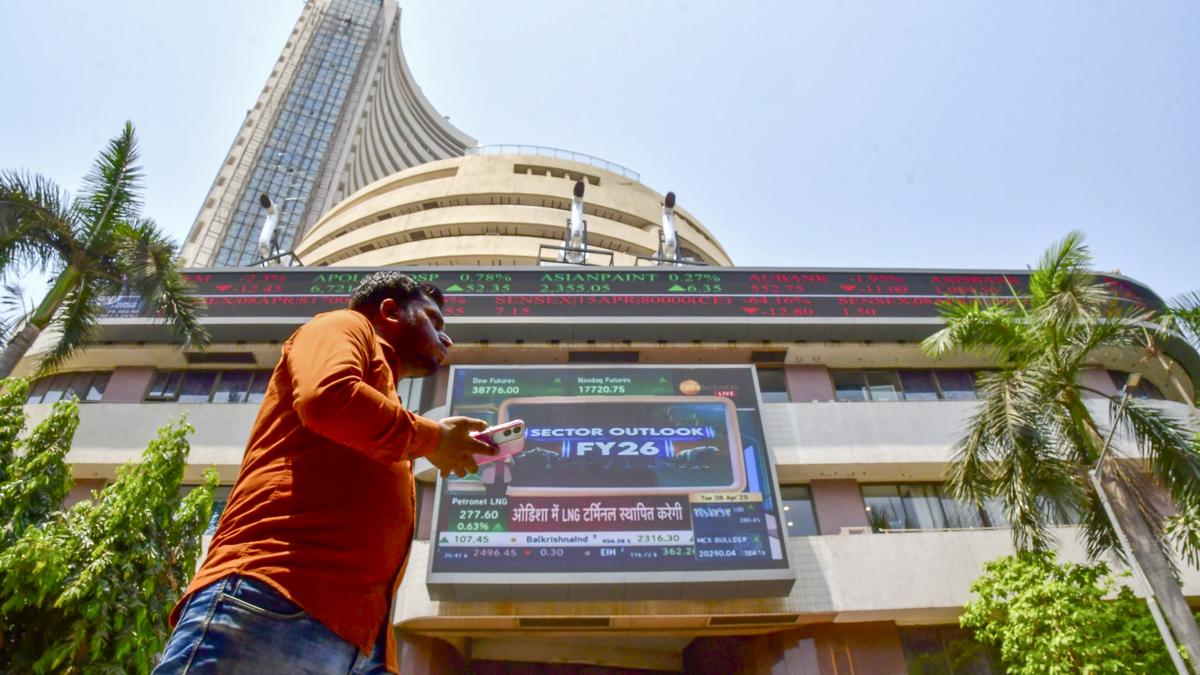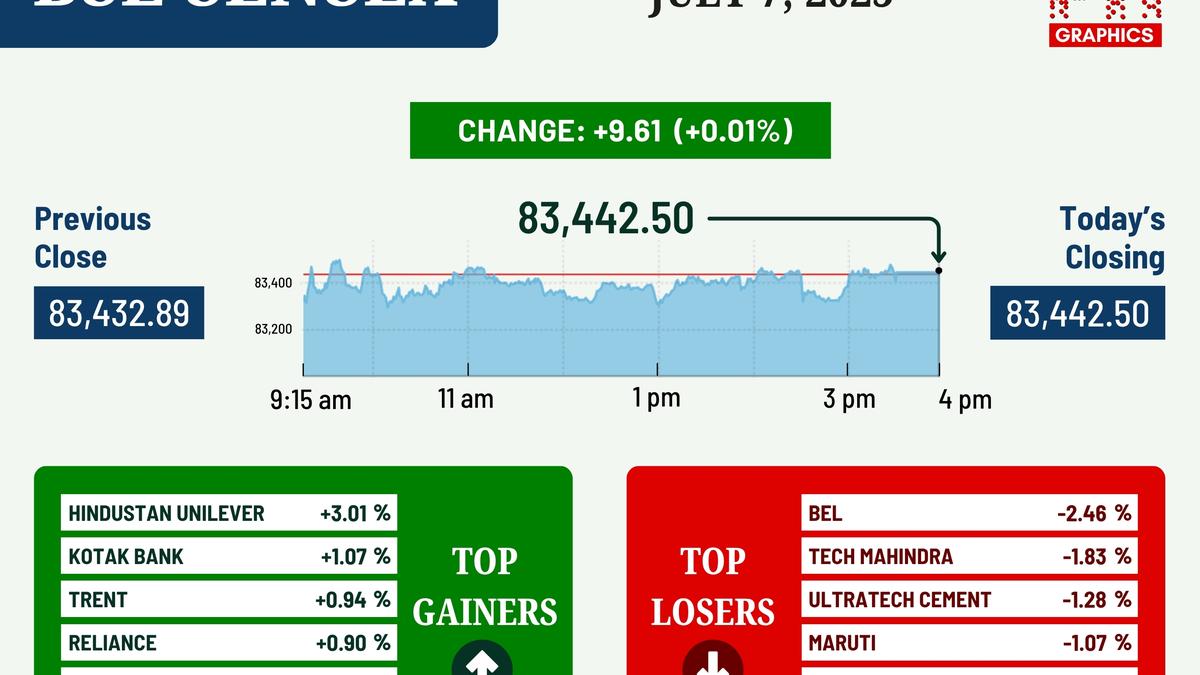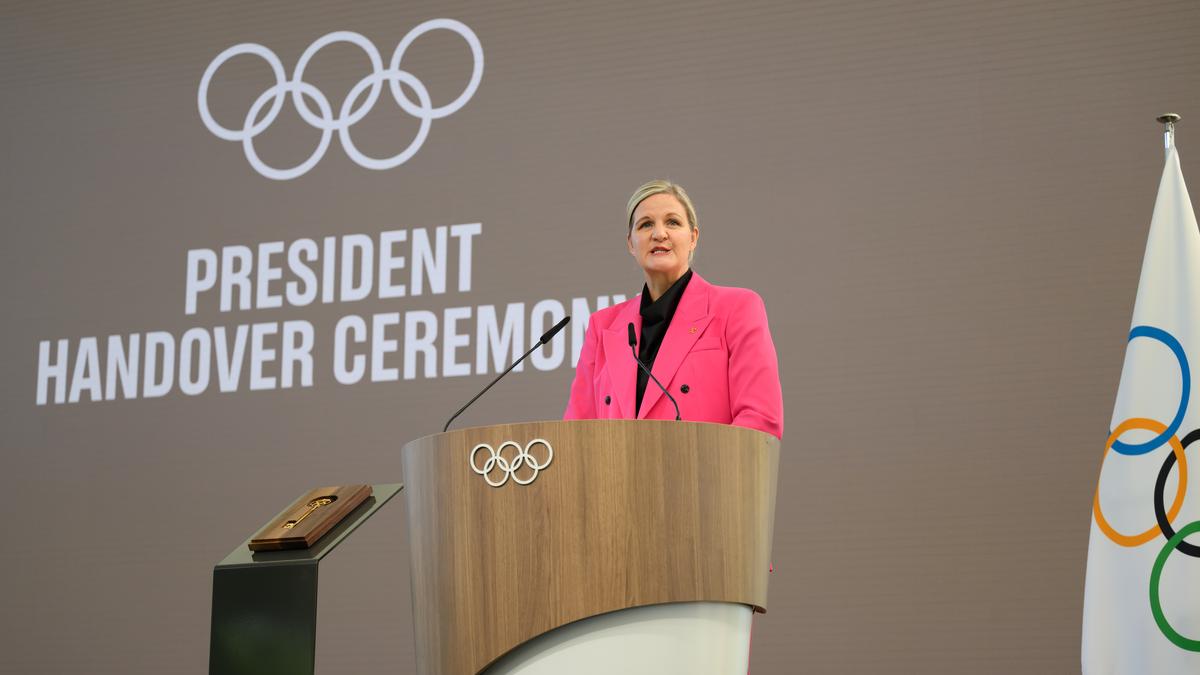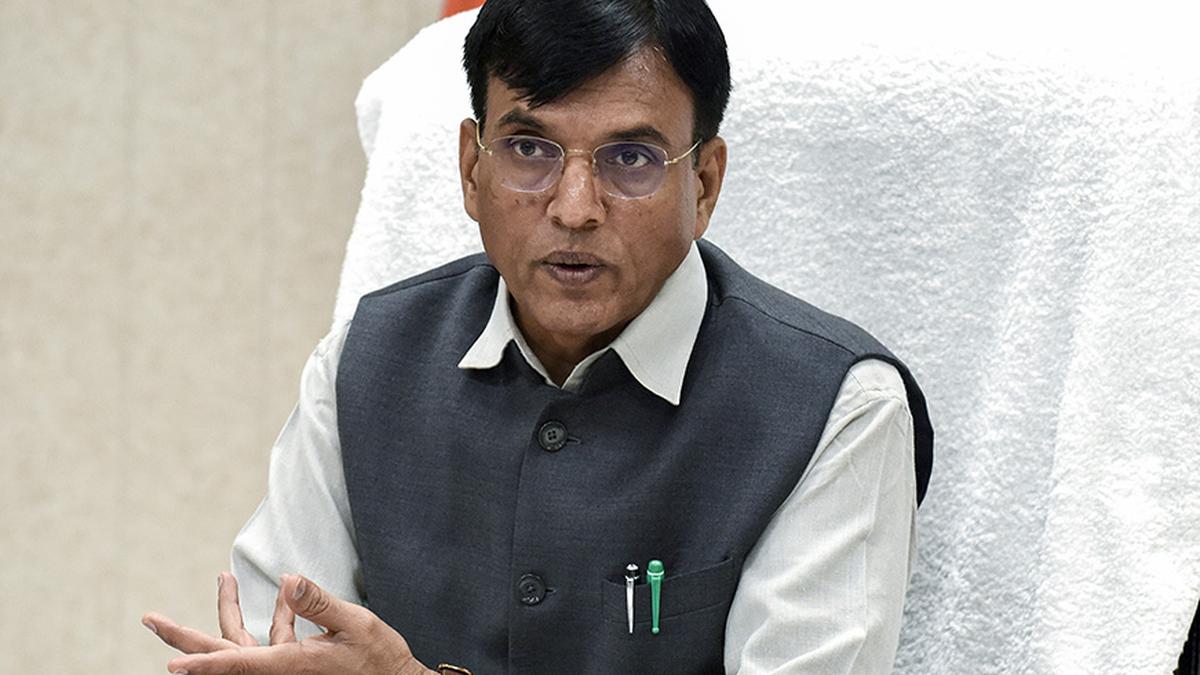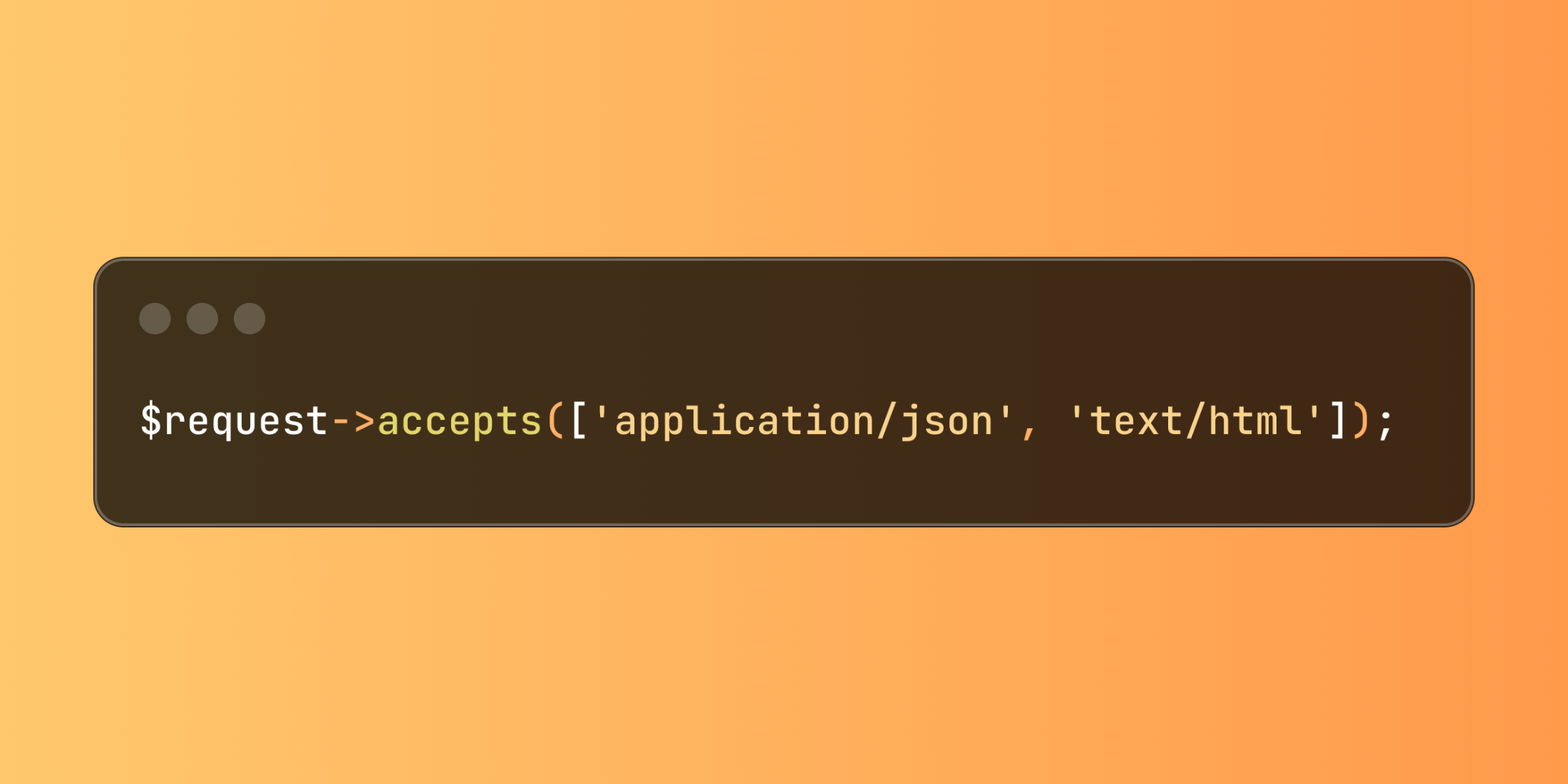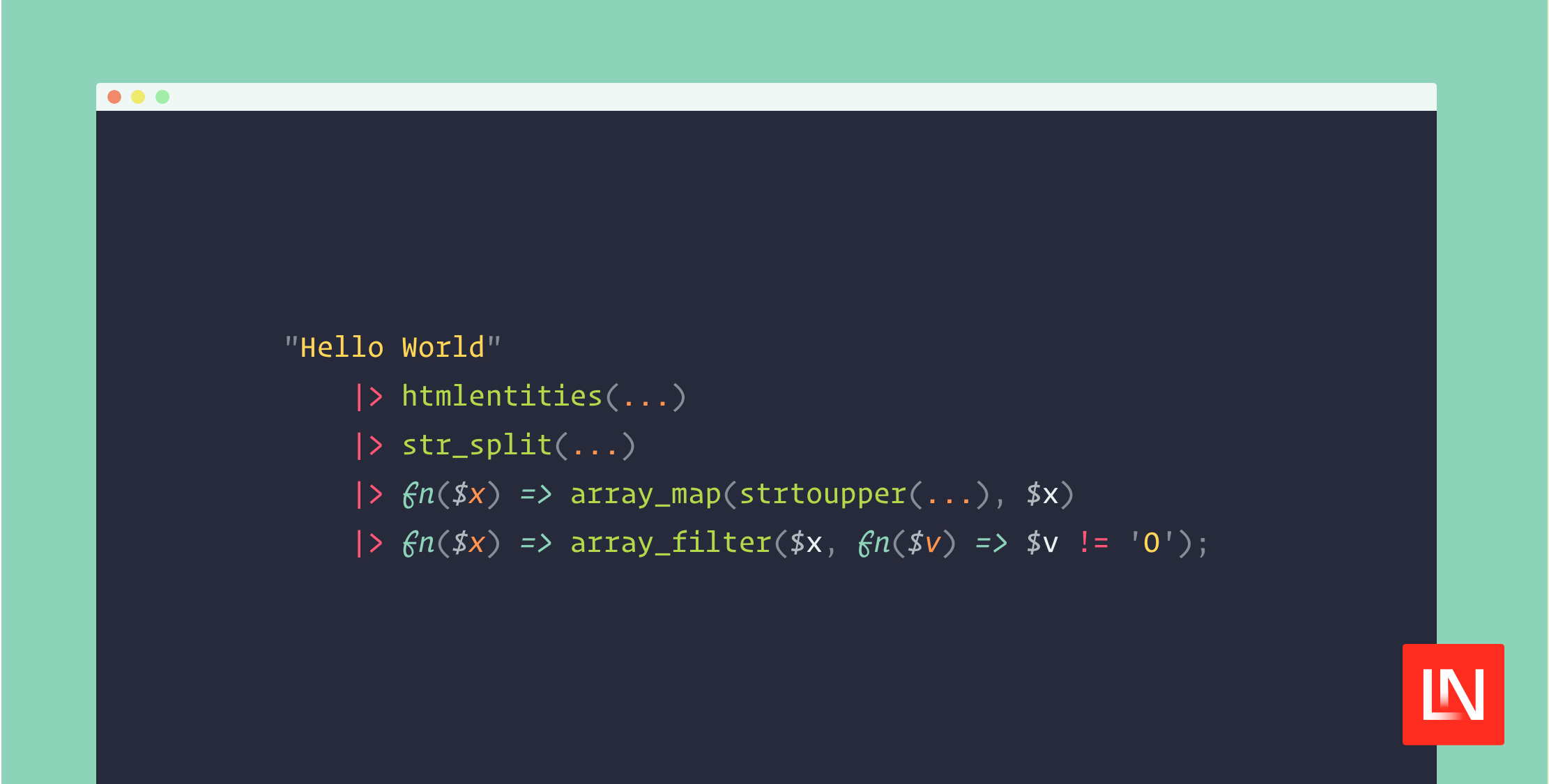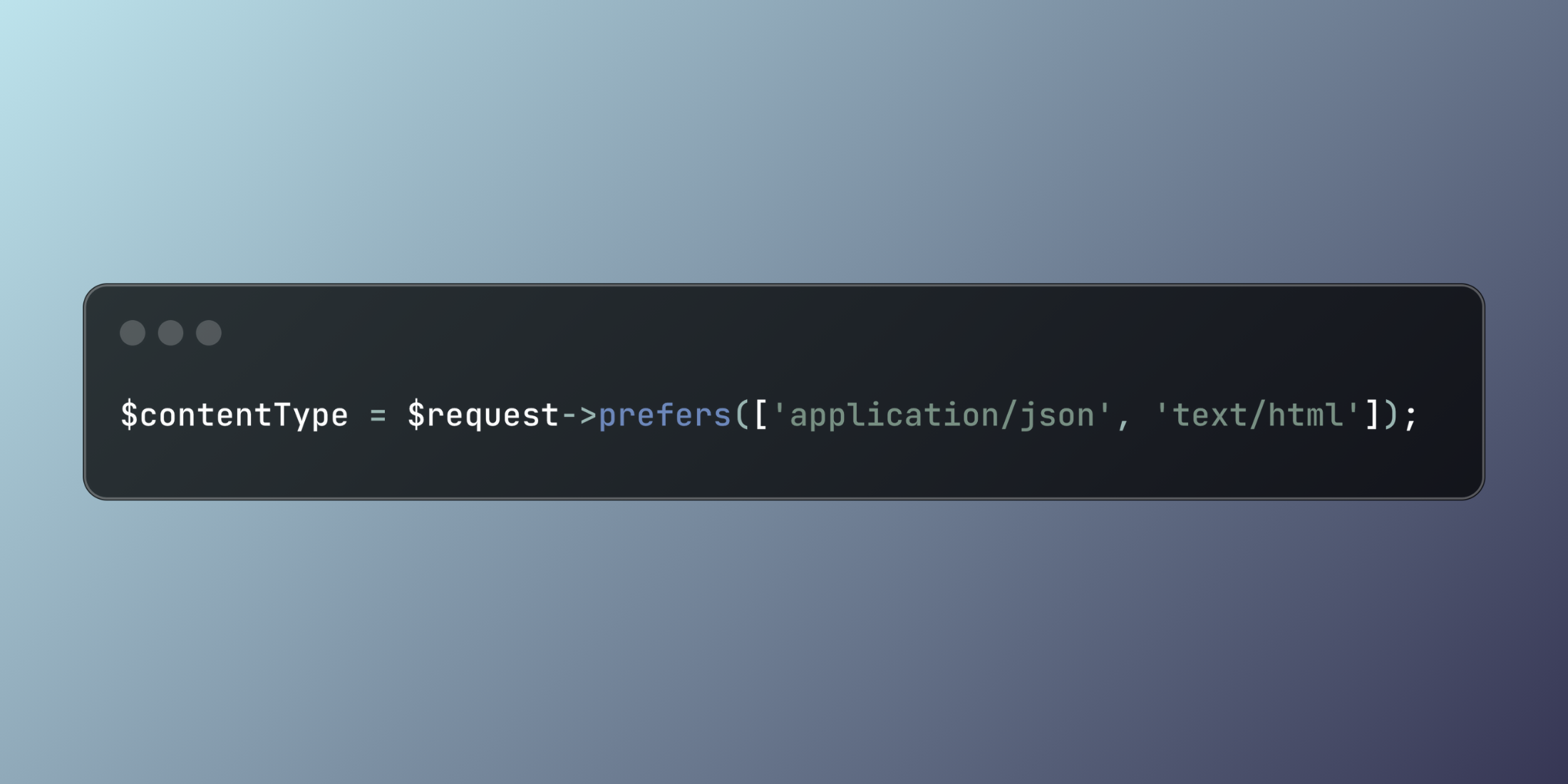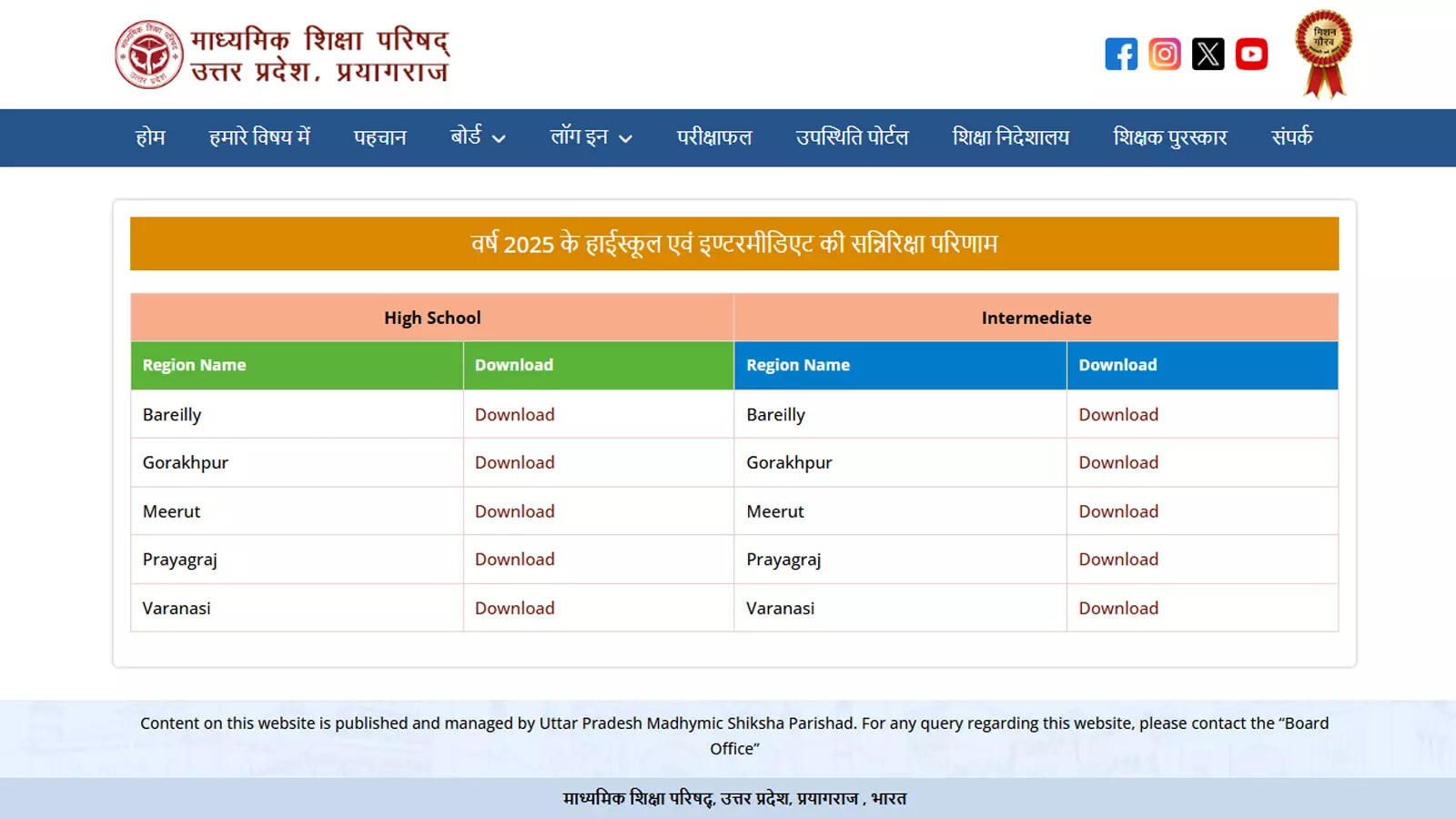MCX to Launch Electricity Futures on July 10: Here’s How It Works and What You Need to Know
The Multi Commodity Exchange of India Limited (MCX), India’s largest commodity derivatives exchange, is all set to launch its Electricity Futures Contract on Thursday, July 10, 2025. This is a big step for India’s energy market, as it introduces a new way for businesses and investors to manage the ups and downs of electricity prices. […] The post MCX to Launch Electricity Futures on July 10: Here’s How It Works and What You Need to Know appeared first on Trade Brains.


The Multi Commodity Exchange of India Limited (MCX), India’s largest commodity derivatives exchange, is all set to launch its Electricity Futures Contract on Thursday, July 10, 2025. This is a big step for India’s energy market, as it introduces a new way for businesses and investors to manage the ups and downs of electricity prices.
The contract was approved by the Securities and Exchange Board of India (SEBI) in June 2025. This contract helps power companies, industries, and investors handle price risks in a growing and changing electricity sector. Let’s break down how it works, why it matters, and when it’s best to trade.
What Is Driving the Need for Electricity Futures?
Electricity prices can be unpredictable due to factors like changing demand, fuel costs, weather, and market trends. For example, prices may spike during hot summers or festive seasons when electricity use is high.
The Electricity Futures Contract will be useful for power producers, distribution companies, large factories, and even financial traders. It allows them to lock in electricity prices for the future and reduce the risk of sudden price changes. It also allows investors to add electricity, a widely used commodity, to their portfolios. By providing a transparent and reliable way to trade, MCX aims to make India’s energy market stronger and more stable.
How Does the Contract Work?
The Electricity Futures Contract allows trading for all 12 months of the year, but at launch, trading will be open for the current month and the next three months. Each unit of the contract will be for 50 Megawatt-hours (MWh), and prices will be quoted in Indian Rupees per MWh, not including any taxes or levies. The smallest price change, called a tick, is Rs. 1 per MWh.
The contract is cash-settled, not by physical delivery of electricity. Instead, the final settlement price is calculated based on the Volume Weighted Average Price from the Unconstrained Market Clearing Price (UMCP) of the Day Ahead Market (DAM) at the Indian Energy Exchange (IEX).
In simpler terms, the contract’s final price is determined by averaging the daily market prices of electricity during the expiry month. This average is derived from the IEX, where electricity is traded daily. By considering the prices for each day in the expiry month, the Volume Weighted Average Price ensures the final value reflects the true market trend, providing a fair and reliable settlement.
To keep the market stable, the contract will follow SEBI’s Daily Price Limits. Prices can move up to 6 percent in a day, and this limit can be raised to 9 percent if needed. Also, to trade this contract, participants must pay an initial margin, which is at least 10 percent of the contract value or based on volatility, whichever is higher.
This margin ensures that both buyers and sellers have enough funds to back their positions. To avoid overexposure, client-level position limits are set at 3 lakh MWh or 5 percent of total open interest, whichever is more.
Best and Worst Months to Trade
Electricity prices in India are influenced by several factors, including supply and demand, weather conditions like heatwaves or monsoons, fuel costs, festive, and seasonal trends. For instance, demand peaks during summer (March to June) due to cooling needs and during festive seasons like Diwali (October-November), when homes and businesses use more power.
These high-demand periods often see higher price volatility, making them potentially the best months to trade for those looking to capitalize on price movements. However, these months can also be riskier due to unpredictable price swings.
On the other hand, monsoon months (July to September) and winter months (December to February) typically see lower electricity demand due to cooler weather, which can lead to more stable prices. These may be the worst months to trade for those seeking big price movements, as volatility tends to be lower.
Company Overview
Multi Commodity Exchange of India Limited (MCX) was started in 2003 and is India’s top commodity derivatives exchange, holding about 98 percent market share in FY 2024-25. It offers trading in metals, energy, bullion, agri products, and indices across India. MCX helps with fair price discovery and risk management and has partnerships with global and Indian exchanges and trade bodies.
With a market capitalization of Rs. 43,492.94 crore, the shares of Multi Commodity Exchange of India Limited were currently trading at Rs. 8,528.30 per equity share. Over the last one year, the stock has given a massive return of 115.75 percent and is currently trading at a discount of 6.39 percent from its 52-week high of Rs. 9,110 per equity share.
Coming into financial highlights, Multi Commodity Exchange of India Limited’s revenue has increased from Rs. 181 crore in Q4 FY24 to Rs. 291 crore in Q4 FY25, which has grown by 60.77 percent. The net profit has also grown by 53.41 percent from Rs. 88 crore in Q4 FY24 to Rs. 135 crore in Q4 FY25.
Written by – Nikhil Naik
Disclaimer

The views and investment tips expressed by investment experts/broking houses/rating agencies on tradebrains.in are their own, and not that of the website or its management. Investing in equities poses a risk of financial losses. Investors must therefore exercise due caution while investing or trading in stocks. Trade Brains Technologies Private Limited or the author are not liable for any losses caused as a result of the decision based on this article. Please consult your investment advisor before investing.
The post MCX to Launch Electricity Futures on July 10: Here’s How It Works and What You Need to Know appeared first on Trade Brains.
What's Your Reaction?






























